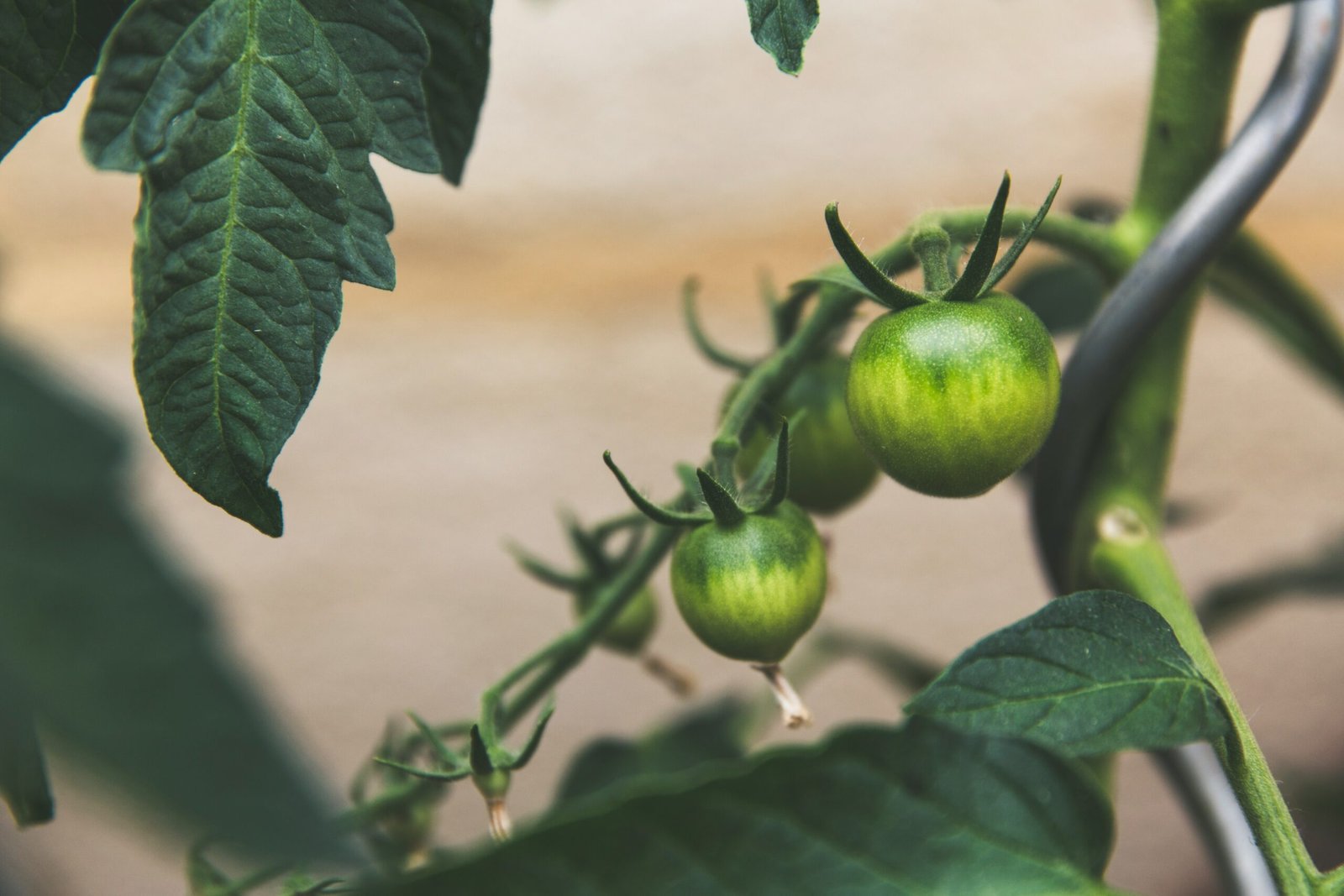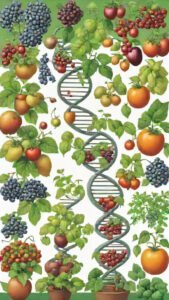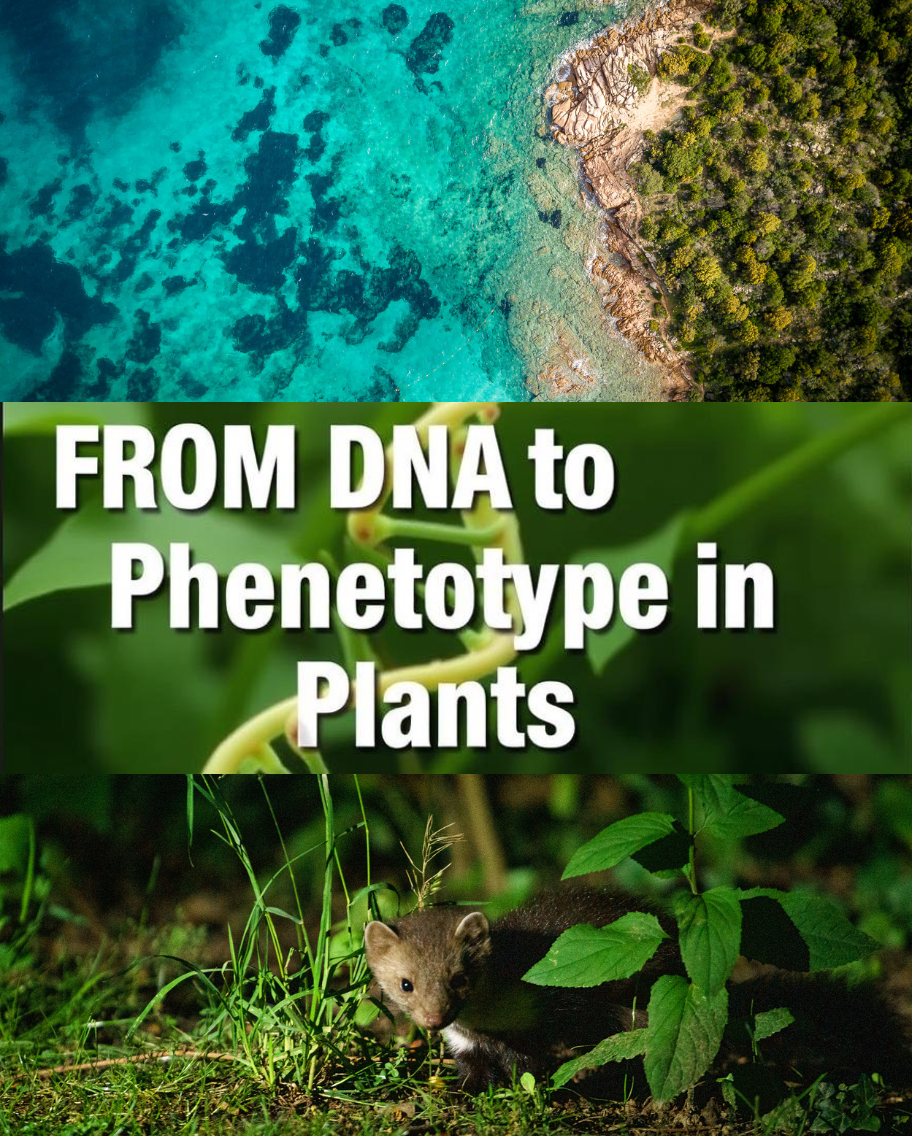
Introduction to Molecular Horticulture
The advent of molecular horticulture marks a transformative period in plant science, where traditional horticulture meets the precision of molecular biology. At its core, horticulture involves the cultivation and management of garden plants, encompassing a range of activities from planting and maintaining landscapes to enhancing fruit and vegetable production. This field focuses on understanding plant characteristics and optimizing their growth environments to improve yield and quality.
Molecular biology, on the other hand, delves into the biochemical processes within living organisms. It involves the study of genes, proteins, and cellular functions at a molecular level. Through techniques like DNA sequencing, gene editing, and genomic analysis, researchers uncover the intricate genetic codings and mechanisms that drive plant development and function.
The intersection of these two disciplines, molecular horticulture, leverages molecular biology techniques to innovate traditional horticultural practices. This burgeoning field empowers scientists to manipulate plant genomes meticulously, leading to advancements that were previously unattainable through conventional breeding methods. Through techniques such as CRISPR-Cas9 gene editing and transgenic engineering, new plant varieties with tailored traits are developed.
The relevance and importance of molecular horticulture in modern agriculture cannot be overstated. As global food demand rises and climate challenges intensify, the need for plants that can thrive in diverse and often harsh conditions is paramount. Molecular horticulture holds promise for increased crop yields, as well as enhanced resistance to pests, diseases, and environmental stresses. Moreover, this field enables the modification of nutritional content, potentially addressing malnutrition by fortifying plants with essential vitamins and minerals.
The fusion of molecular biology with traditional horticulture opens up a horizon of possibilities, forging a path toward more sustainable and productive agricultural practices. This integration not only improves the efficacy of crop production but also contributes significantly to the goal of food security on a global scale.
 Figure 2: An overview of Molecular Horticulture
Figure 2: An overview of Molecular Horticulture
Techniques and Technologies in Molecular Horticulture
Molecular horticulture employs an array of sophisticated techniques and technologies to manipulate plant DNA, aiming for enhancements in traits such as disease resistance, yield, and stress tolerance. Among the foremost techniques is genetic engineering, which allows for the direct modification of a plant’s genetic material. Through the insertion or deletion of specific genes, scientists can achieve precise alterations that confer advantageous characteristics.
One of the more revolutionary technologies in this regard is CRISPR-Cas9 gene editing. This technique offers unprecedented accuracy in editing plant genomes. By using the CRISPR-Cas9 system, researchers can target specific sequences within the DNA, making precise cuts and allowing for the insertion or removal of genes. This methodology has accelerated the development of new plant varieties with tailored traits, streamlining the process compared to traditional breeding methods.
Genomic selection also plays a crucial role in molecular horticulture. This technique involves the use of genome-wide information to predict the breeding value of plants. By analyzing genetic markers throughout the genome, scientists can identify plants that possess desirable traits at an early stage, thereby expediting the selection process. The integration of genomic selection with conventional breeding programs ensures a more efficient utilization of genetic resources.
Advancements in bioinformatics and the expansion of genomic databases have significantly contributed to the progress of molecular horticulture. High-throughput sequencing technologies have enabled the comprehensive mapping of plant genomes, generating vast amounts of data. These databases facilitate the identification of gene functions and interactions, providing invaluable insights for genetic engineering and breeding programs. The utilization of bioinformatics tools has streamlined the analysis and interpretation of complex genetic data, driving forward the precision and efficiency of molecular horticulture.
Recent breakthroughs in this field include the development of novel gene-editing tools and the application of artificial intelligence to predict phenotypic outcomes based on genetic data. Innovations such as these are continually pushing the boundaries of what is possible in plant science. By leveraging these cutting-edge technologies, molecular horticulturists are pioneering new frontiers in crop improvement, ensuring sustainable agricultural practices and enhancing food security on a global scale.
Applications and Real-World Examples
Molecular horticulture has transcended the boundaries of traditional plant science, demonstrating transformative applications across various sectors. One notable area is food production. For instance, the development of genetically modified (GM) crops such as Bt corn and Golden Rice has shown tremendous potential. Bt corn is engineered to express a bacterial toxin that is lethal to specific pests, significantly reducing the need for chemical pesticides and bolstering crop yields. Golden Rice, enriched with Vitamin A, addresses nutritional deficiencies in several parts of the world, offering enormous public health benefits.
Ornamental horticulture also benefits from molecular techniques. Scientists have manipulated the genetic pathways of flowers to achieve vibrant colors and extended blooming periods. Roses, for example, have been modified for enhanced resistance against diseases while simultaneously improving aesthetic qualities. This not only enhances the consumer experience but also promotes a more sustainable approach to ornamental plant cultivation by reducing reliance on chemical controls.
The pharmaceutical sector harnesses molecular horticulture to produce plants with medicinal properties. Artemisinin, derived from sweet wormwood, is pivotal in anti-malarial treatments and is now bioengineered to increase yield and potency. Similarly, the edible plant-based vaccines are in development, pushing the frontier of how vaccines are produced and administered.
Biofuels mark another frontier of application. Genomic techniques have optimized plants like switchgrass and algae for biofuel production, focusing on increasing biomass and reducing processing costs. These innovations promise to be part of the solution to the global energy crisis by providing more renewable sources of energy.
The advances in molecular horticulture present numerous benefits to producers and consumers. Higher crop yields and enhanced traits lead to economic gains for farmers, while consumers enjoy more nutritious and visually appealing products. However, these advancements also necessitate careful consideration of potential environmental impacts, such as gene flow to wild relatives or unforeseen ecological interactions. As the field progresses, it becomes essential to balance innovation with sustainable practices.
Ethical Considerations and Future Directions
The emergence of molecular horticulture has opened new avenues for advancements in plant science, yet it also raises significant ethical considerations. One prominent issue is the development and deployment of genetically modified organisms (GMOs). Concerns range from potential health risks to environmental impacts, such as genetic contamination of wild plant species and the reduction of biodiversity. As such, it has stirred varied reactions among stakeholders, including scientists, farmers, consumers, and regulatory bodies.
Scientists generally advocate for the potential benefits of molecular horticulture, believing that the precise genetic modifications can lead to disease-resistant and higher-yielding crops. However, a faction of the scientific community also urges caution, advocating for rigorous testing and long-term impact studies. Farmers are often caught in the cross-hairs, with some welcoming the promise of increased productivity and resilience, while others remain wary of becoming too dependent on patented seeds and the corporations that produce them.
Consumers are divided, with a growing segment demanding transparency in food labeling and an emphasis on organic and non-GMO options. Regulatory bodies, too, face the challenge of balancing innovation with safety, often enacting stringent guidelines to evaluate the risks associated with GMOs and other molecular horticulture techniques.
As we look towards the future of molecular horticulture, several promising directions emerge. Ongoing research focuses on sustainable practices, such as developing crops that require fewer resources, thus minimizing environmental footprints. Emerging trends include the use of CRISPR technology in horticulture, which allows for more targeted and efficient genetic modifications.
On the horizon, we can expect advancements that address global challenges in agriculture and food security. Innovations may lead to crops that thrive in extreme climates, thereby supporting food production in regions affected by climate change. Another potential lies in biofortified crops that can combat malnutrition by enhancing nutritional content.
Molecular horticulture holds immense promise, yet its future will undoubtedly be shaped by ethical considerations and societal acceptance. Balancing technological advancements with responsible stewardship of natural resources will be key to sustainably addressing the global challenges we face in agriculture and food security.





